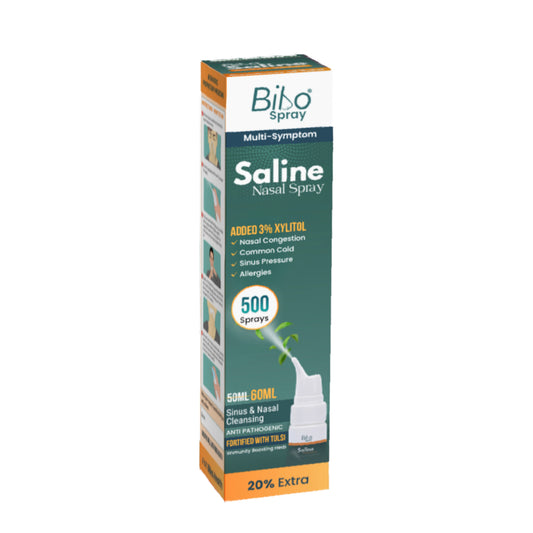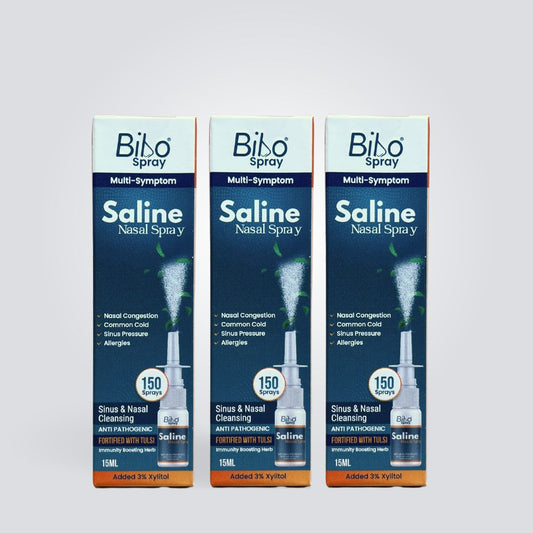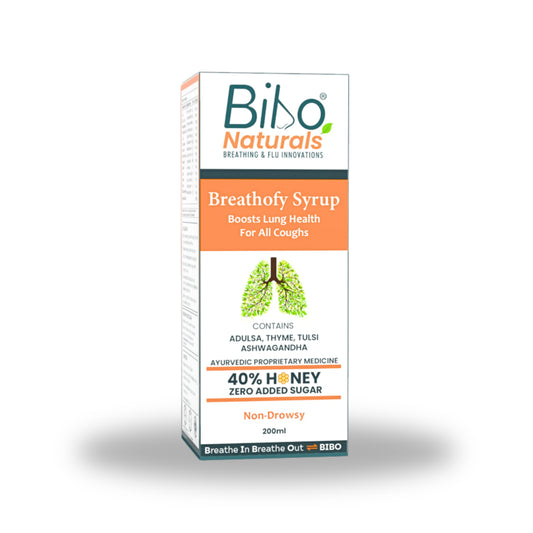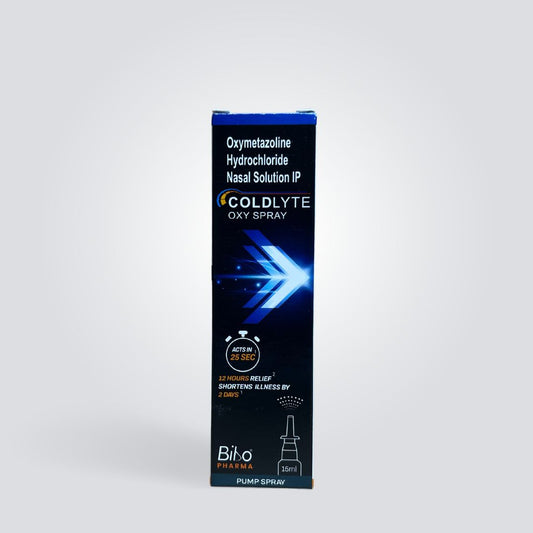Written by: Sourav Pattanayak (M Pharm, MBA)
Acebrophilline was a xanthine derivative that act as a bronchodilator and mucolytic for the treatment of asthma and COPD. It also helps to reduce mucus viscosity from “gel” to “sol”
Chemical and Physical properties of Acebrophylline
Acebrophylline is a chemical compound that’s content mainly of Ambroxol and Theophylline-7-Acetate. Theophylline-7-Acetate contains carboxylic group which is bonded with Ambroxol amino group in a stoichiometric ratio of 38.7% acid and 61.3% base. In this, Ambroxol shows a high plasma administration level compared to Theophylline-7-Acetate. Acebrophylline shows a 45% improvement in lung health when compare with Ambroxol alone.
Acebrophylline action
- Act as synthesis and release of pulmonary surfactant
- Mucoregulator activity
- Mucosecretory activity
- Microkinetic action on mucociliary clearance
- Also have anti-inflammatory action.
Mechanism action of Acebrophylline:
Mechanism 1:
Acebrophylline acts as an anti-cholinergic receptor. Its main act is the M3 receptor-blocking action.
M3 receptor is a Gi type of G-protein coupled receptor. When Acebrophylline binds to the Gi-type receptor, GDP is converted to GTP, and the alpha, beta, and gamma subunits get detached from the receptors. Followed by alpha-GTP binding to the adenylyl cyclase. It also decreases the formation of cyclic AMP. The release of the Ca2+ ion this case causes the bronchial smooth muscle to constrict. In this process, Acebrophylline binds to the Adrenaline Cyclase process and blocks the cyclic AMP cycle. It also blocks the release of Ca2+ ion, and in the same situation, K+ ion gets released in the bronchial smooth muscle which causes the bronchodilatory action. This effect releases the mucus outside.
Mechanism 2:
Acebrophylline also blocks the leukotriene receptor, hence blocking allergies. It mainly blocks LTD4 and LTC4 receptors and stops the production of allergic substances.
Acebrophylline binds to the phospholipid layer and blocks the production of arachidonic acid. Also, it blocks the Phospholipase A2 which is used to convert phospholipid to Arachidonic acid.


To Know about more than follow https://bibo.health/blogs/pharma-blogs/acebrophylline-a-better-drug-choice-over-theophylline-for-managing-bronchitis-and-copd
Reference:
- Coppi G, Silingardi S. Livelli plasmatici, parametri farmacokinetici e livelli polmonari di ambroxol nel ratto dopo somministrazione endovenosa ed orale di acebrophyllina e di ambroxol. Giorn It Mal Tor 1992; 1 (s): 91-96
- Tapadar, S. R., Das, M., Chaudhuri, A. D., Basak, S., & Mahapatra, A. B. S. (2014). The Effect of Acebrophylline vs Sustained Release Theophylline in Patients of COPD- A Comparative Study. Journal of Clinical and Diagnostic Research : JCDR, 8(9), MC11–MC14. https://doi.org/10.7860/JCDR/2014/8176.4869
- Pozzi E. Acebrophylline: an airway mucoregulator and anti-inflammatory agent. Monaldi Arch Chest Dis. 2007 Jun;67(2):106-15. doi: 10.4081/monaldi.2007.498. PMID: 17695695.




